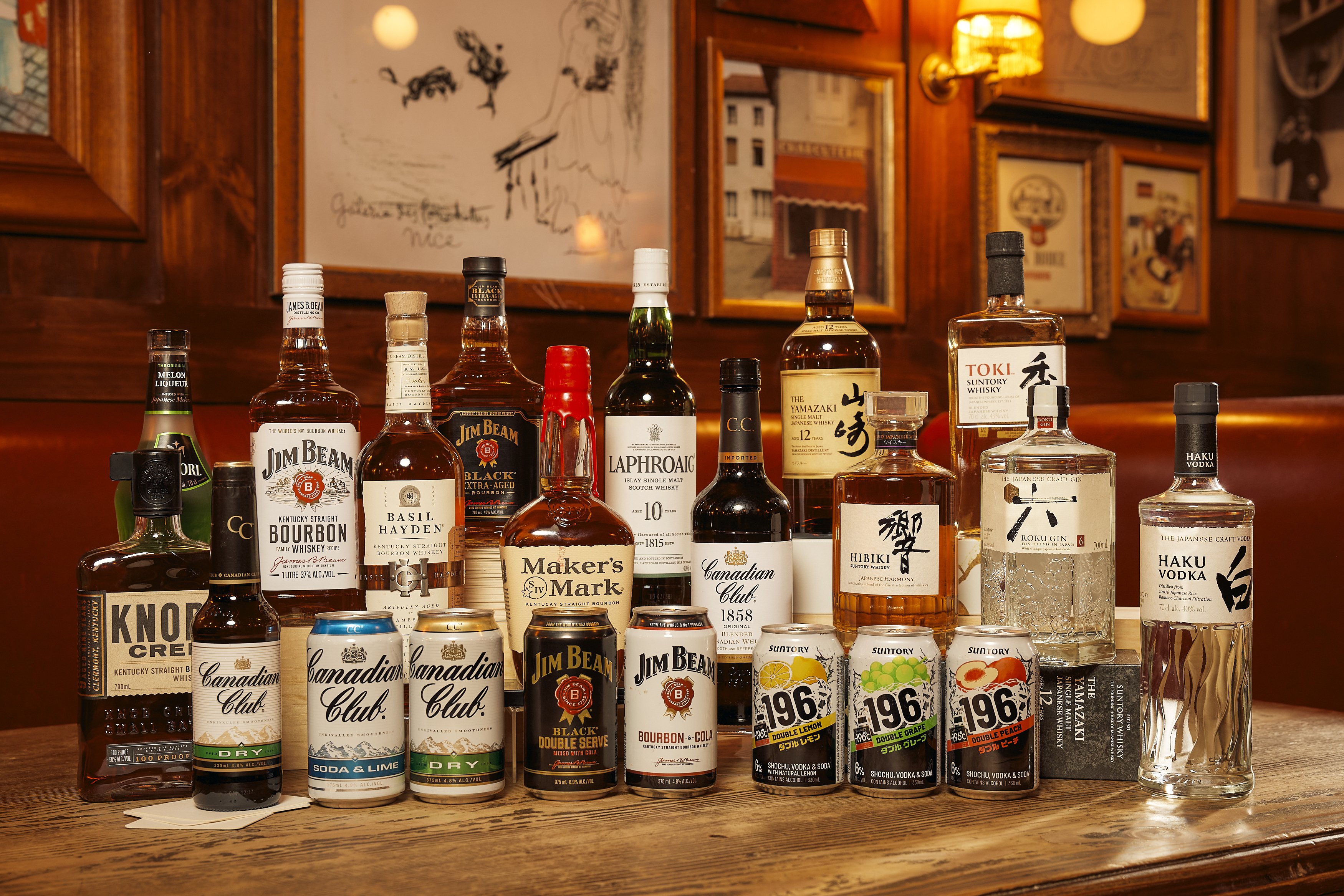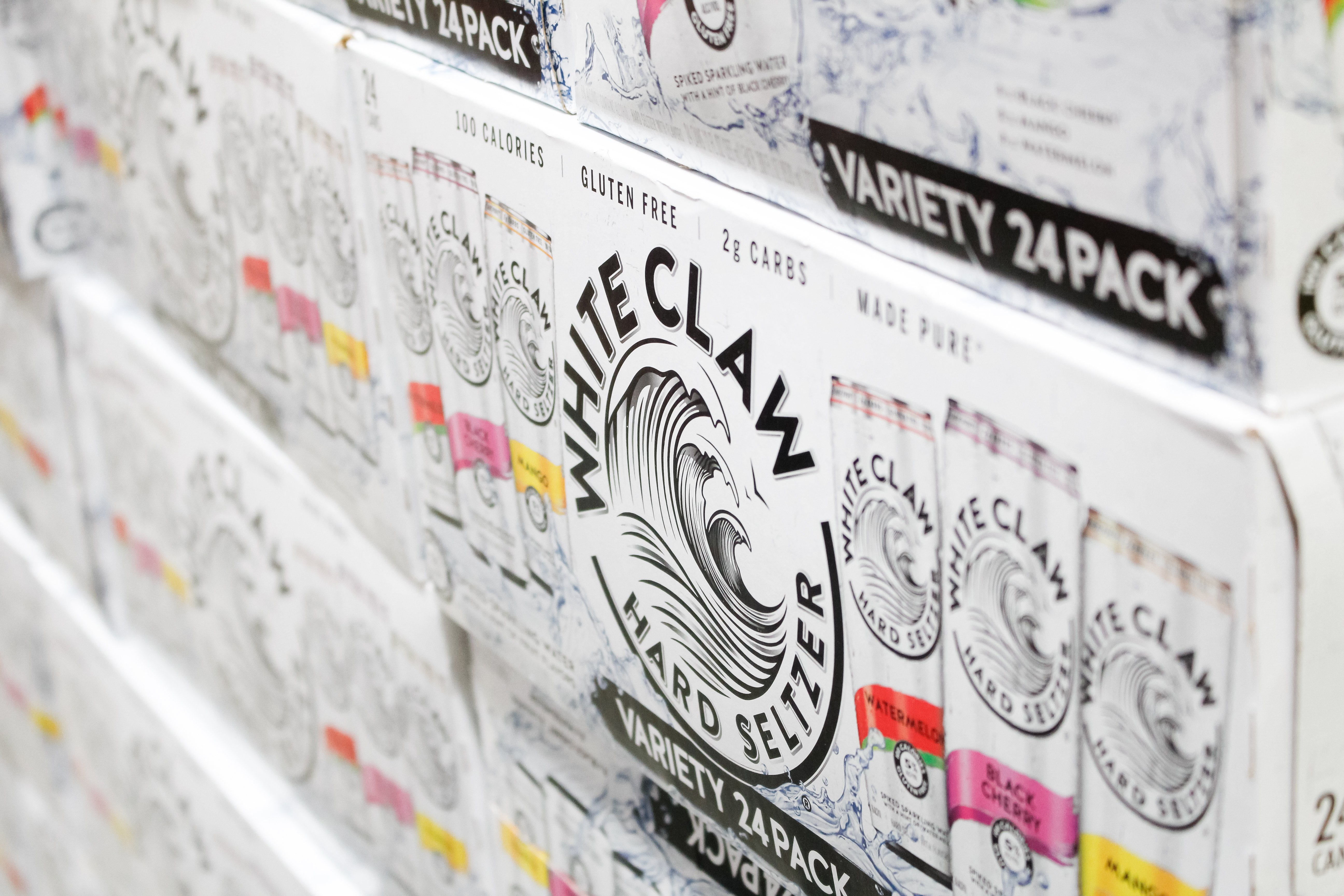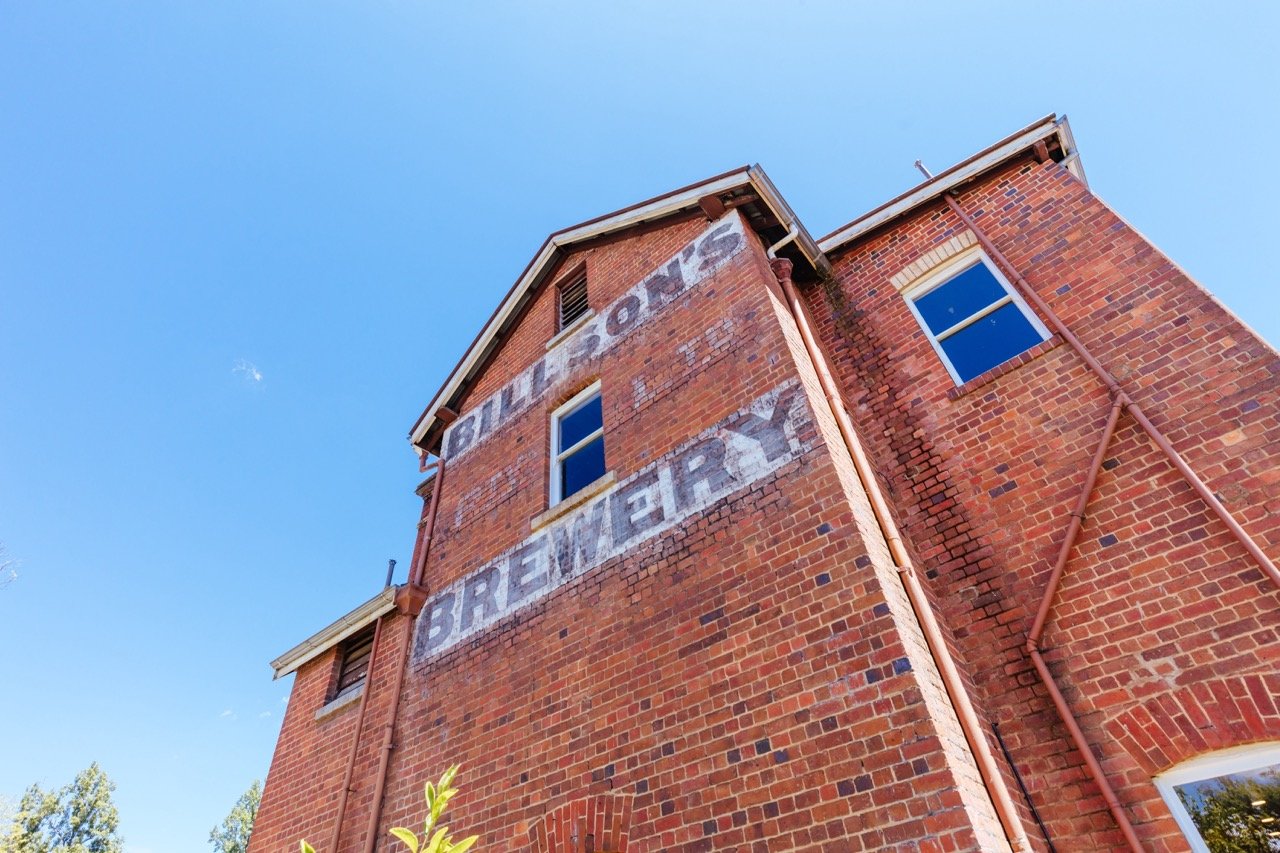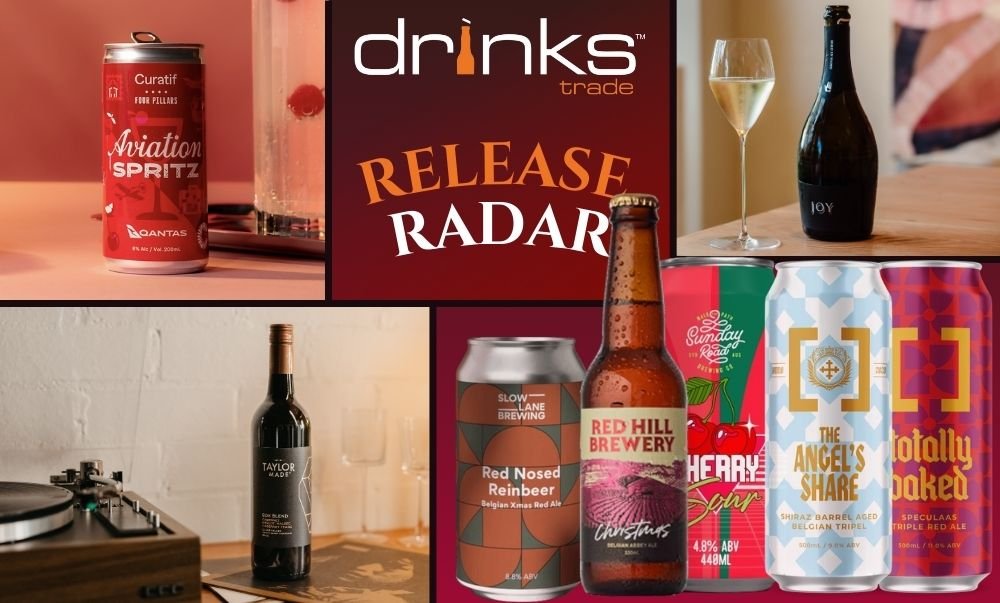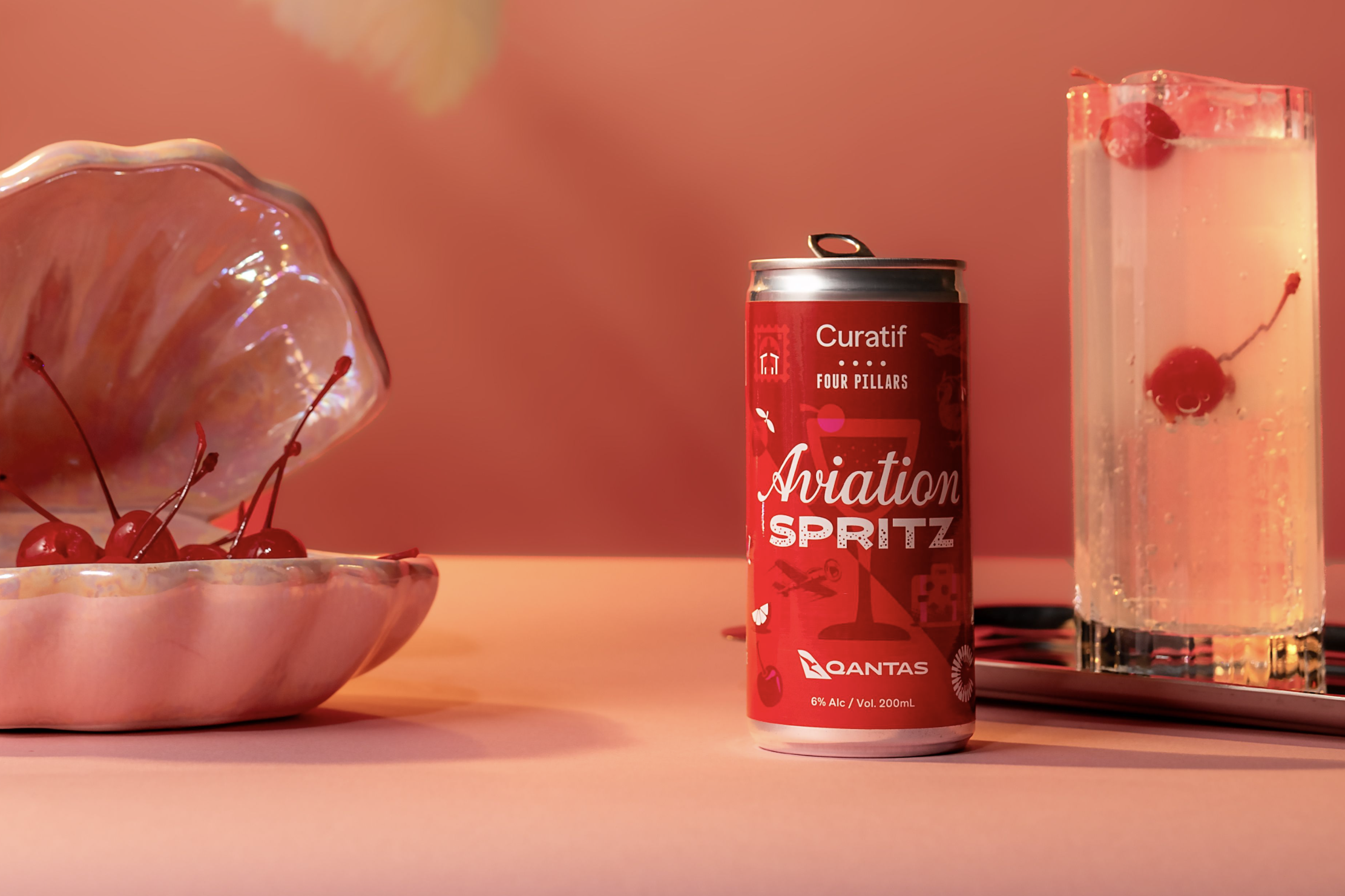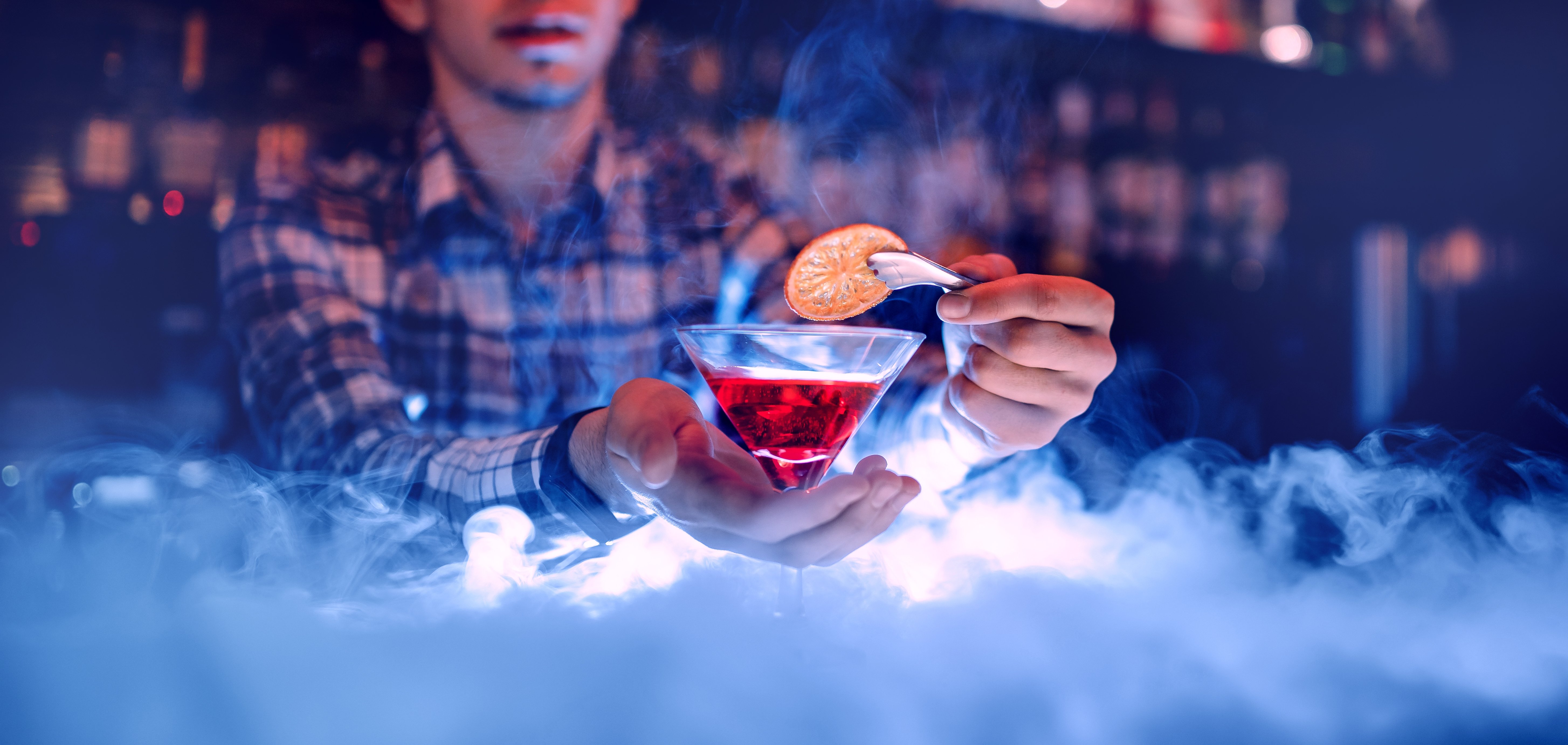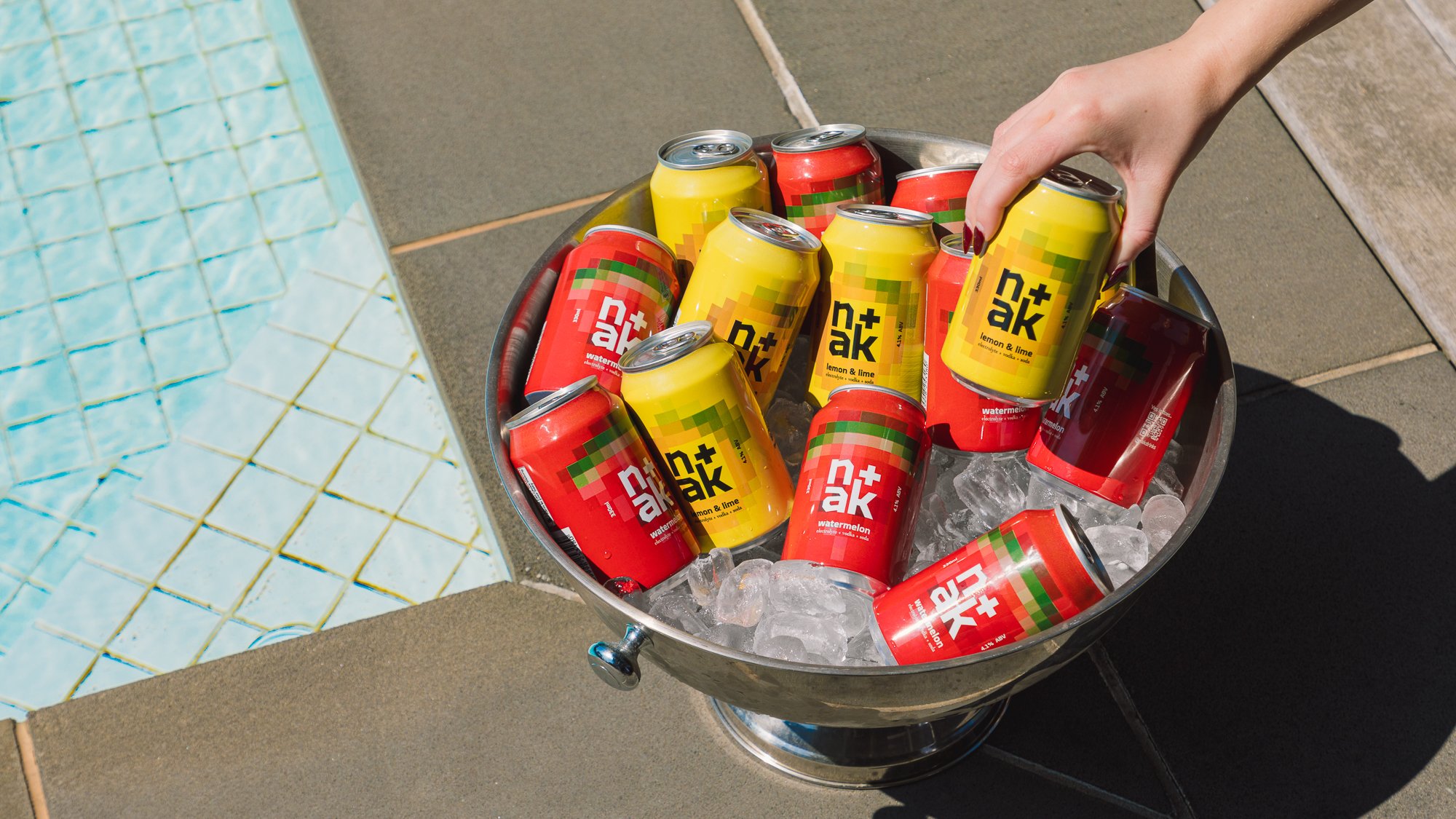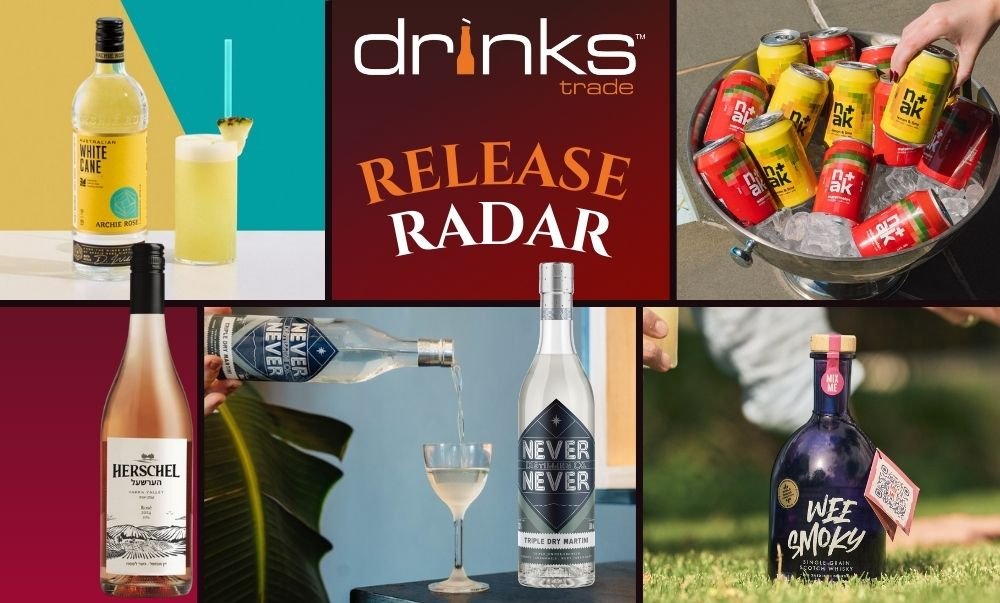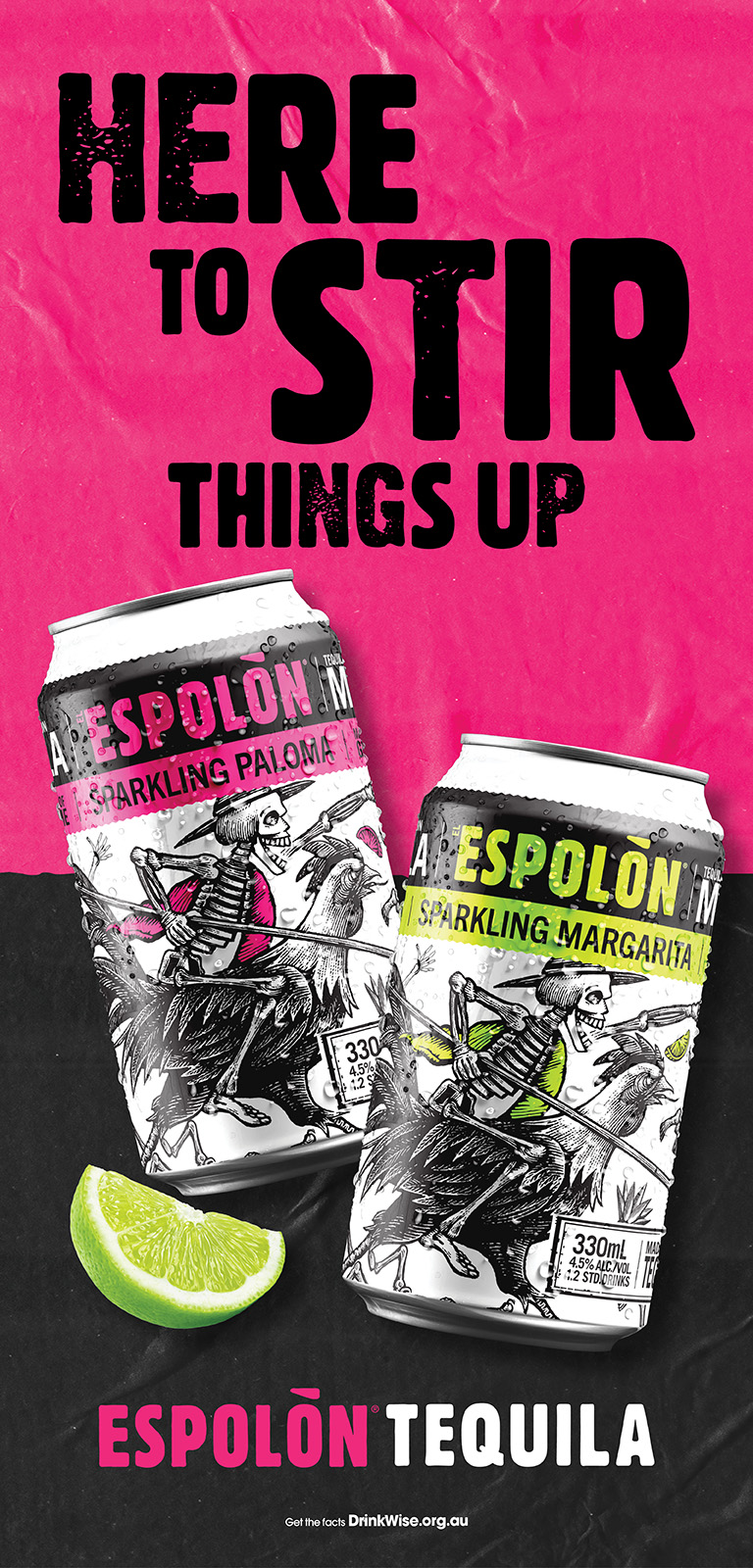Australia’s RTD market has continued to grow over recent years, showing a propensity for self-reinvention that has helped it capitalise on various contradictory consumer trends, reflects latest IWSR research.
Currently the world’s third-largest RTD market, RTD’s make up 13% of total liquor sales in Australia and grew at a compound annual growth rate of 7% between 2018 and 2022.
“This is a sizeable, mature category that is being reinvigorated by the refreshment and premiumisation trends,” said Sarah Campbell, APAC Head of Research, IWSR.
“The RTD category is dominated by dark spirit-based drinks that have come under pressure in the face of moderation trends. This has led to the launch of more zero-sugar and soda-based variants, keeping interest in the category alive.”
The IWSR report identified two somewhat contradictory groups of trends driving category growth in Australia. Whilst the first includes characteristics such as low-calorie, high-ABV, and light-and-refreshing, the second includes brightly-coloured, very sweet, and low-ABV.
“FABs currently have multiple sweet spots. It is crucial for brand owners to acknowledge that ‘moderation’ has numerous guises: for some, it means cutting down on alcohol; for others, it’s about fewer calories.”
Flavoured Alcoholic Beverages (FABs) have been steadily chipping away at the 70% category share taken by cocktails and long drinks. Hard seltzers are also tipped to continue to grow, however at a slower rate than in the past few years.
“The hard seltzer segment is maturing rapidly, and is already replicating many of the NPD trends seen in the US, with recent launches focusing on higher ABVs and fuller-flavoured offerings.
“The segment is expected to plateau, sustained by ongoing flavour innovation.”
Perhaps the most important conversation happening in Australia’s RTD space at the moment, however, is in regards to pricing. On a price-per-serve basis, RTDs are considerably more expensive than other alcohol categories. This is largely due to the fact that spirit-based RTDs, which dominate the sector, face the same liquor tax excise as the spirits category.
The most recent Spirits Tax increase has prompted significant industry backlash, a lot of which shares parallels with the fears for the spirit-based RTD space. Also worryingly, IWSR consumer research from November 2023 indicated that spending on RTDs had declined significantly since July of that year.
“As excise rates continue to escalate (two increases at 3.7% and 2.2% in 2023, in line with CPI), there is the risk that the headline price of RTDs could become too high for some shoppers, forcing them to trade down within RTDs, or into other categories with a lower price per serve,” said Campbell.
One solution already making its way into the category is to reduce abv and/or volume to maintain the same ticket price.
“With RTDs having an already high price per serve, such changes look inevitable to avoid price ceilings and maintain the category’s recent dynamic growth.”
Currently, standard-priced products still account for more than 75% of both value and volume of Australian RTD sales. Whilst the report outlines certain fears as the RTD category is continued to be forced towards premiumisation as a result of taxation, IWSR also recognise its cross-category appeal as a major drawcard.
“IWSR consumer data suggests RTDs are primarily stealing share from beer,” said Susie Goldspink, Head of RTD Insights, IWSR.
“There are interesting differences in age groups, with the LDA Gen Z cohort most likely to replace spirits with RTDs, and Boomers most likely to replace wine.”
Share the content

